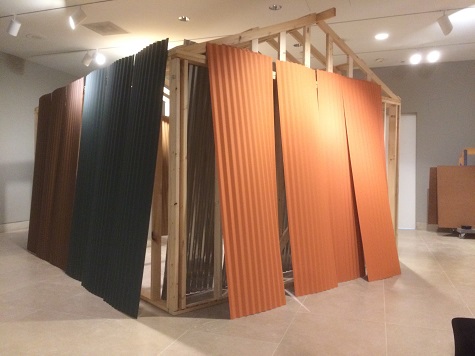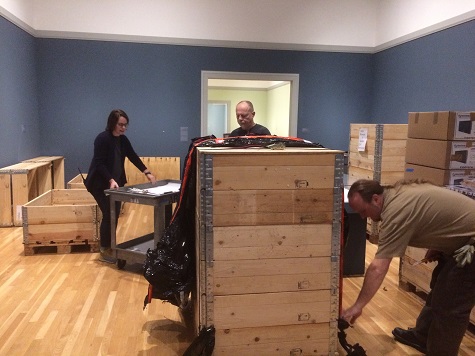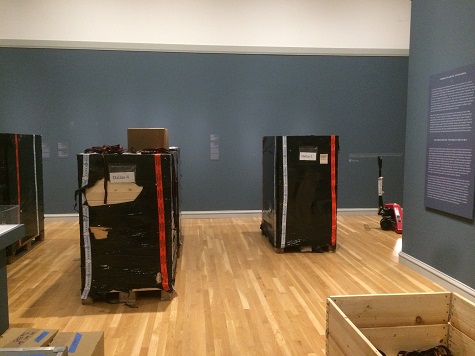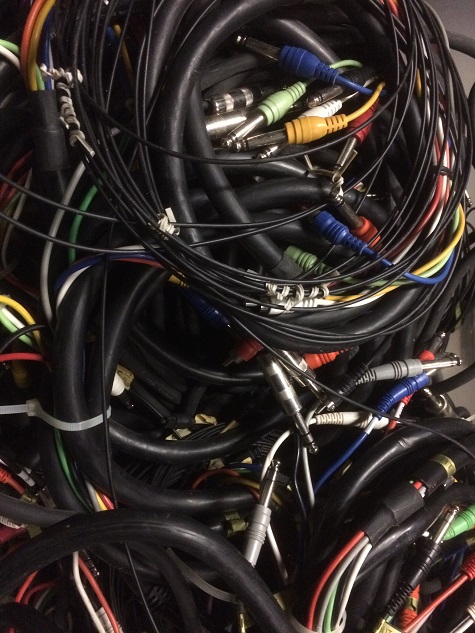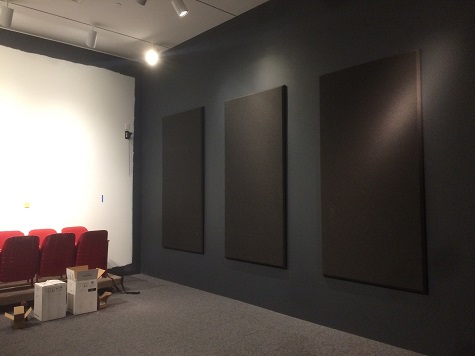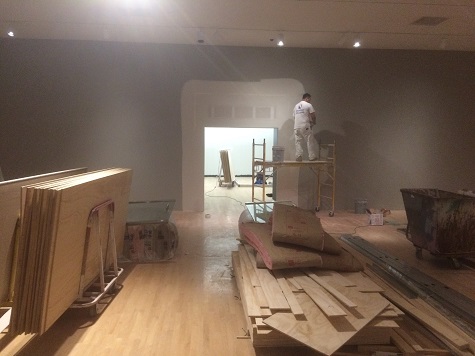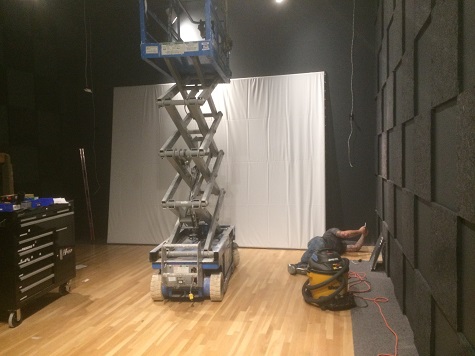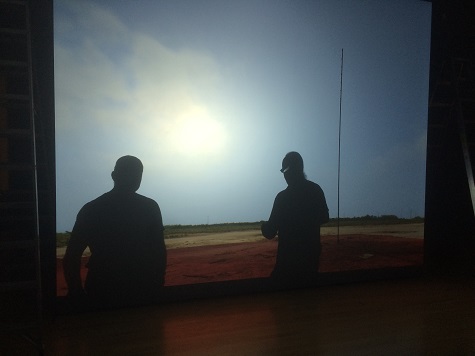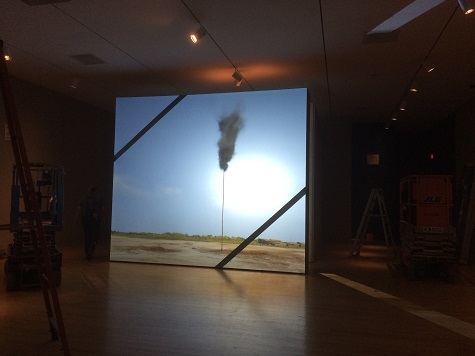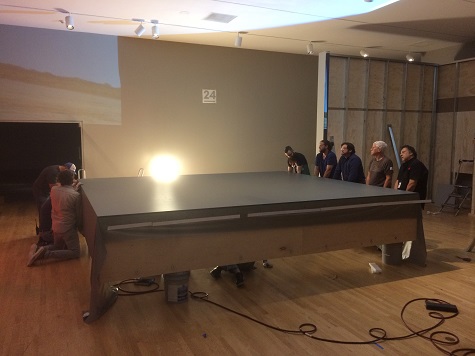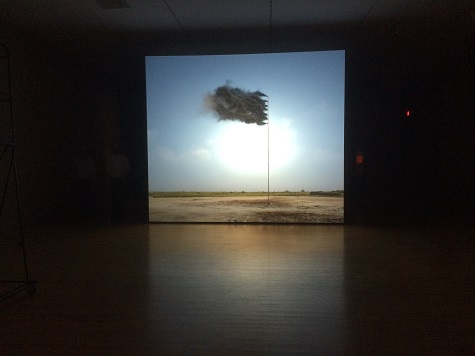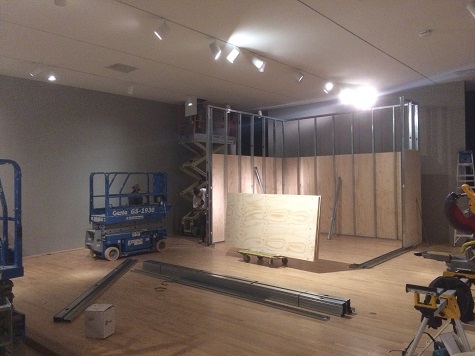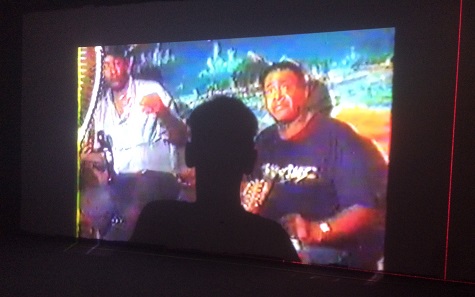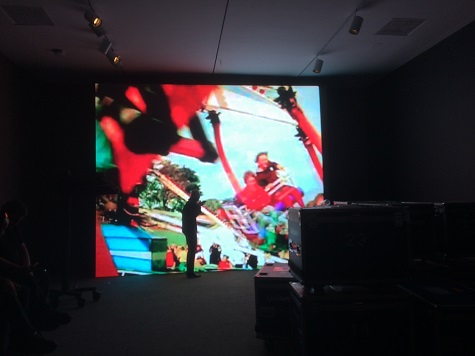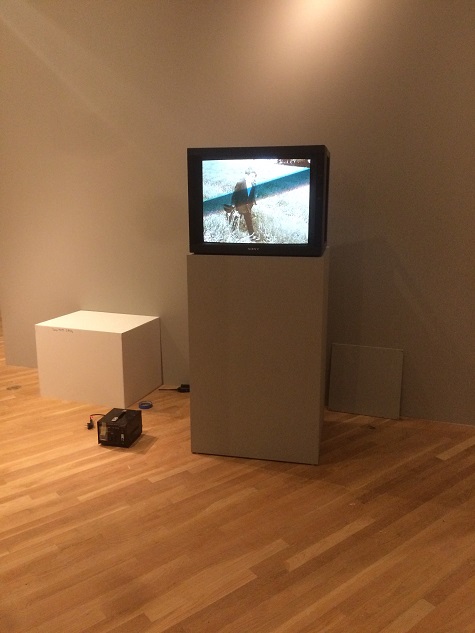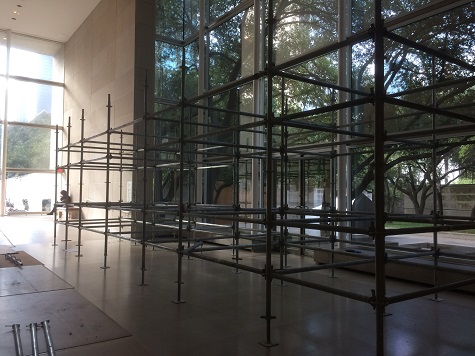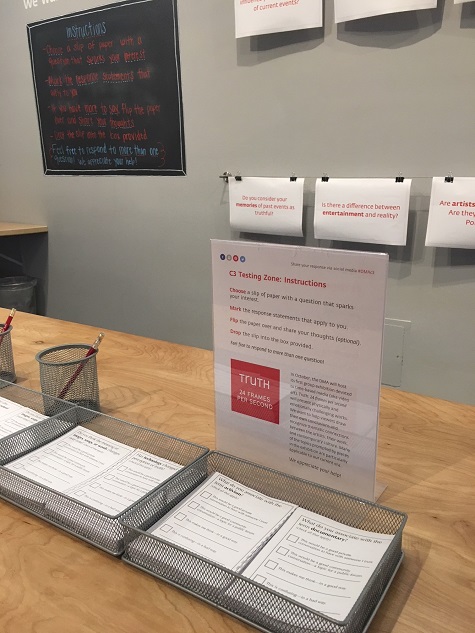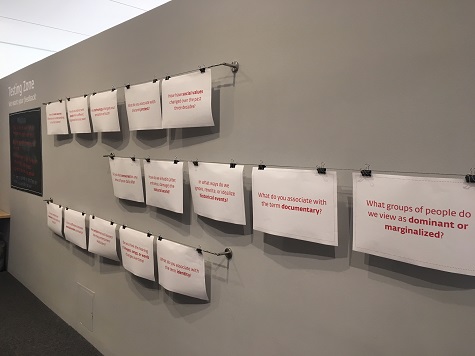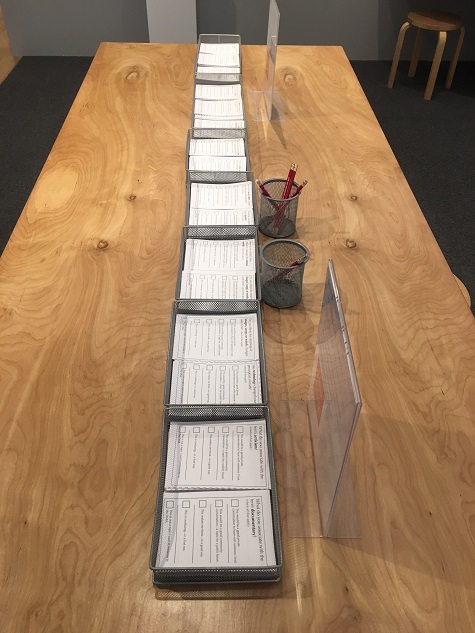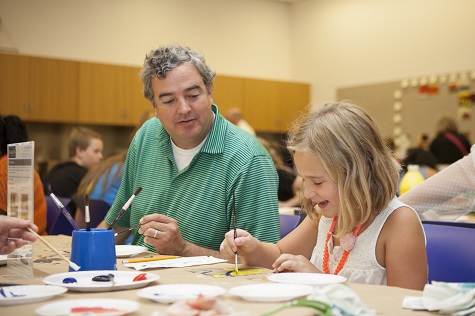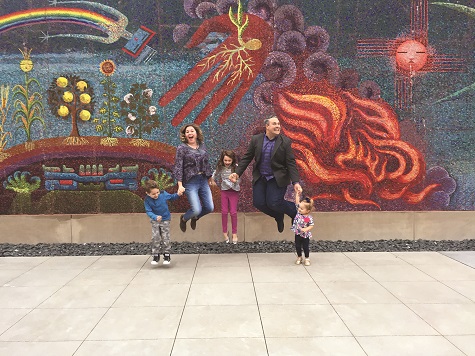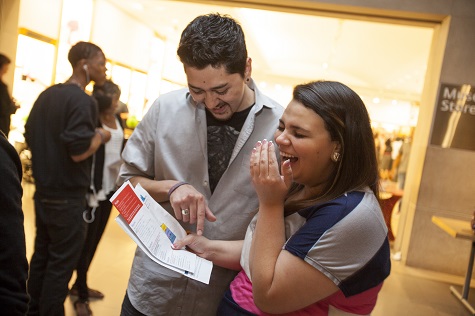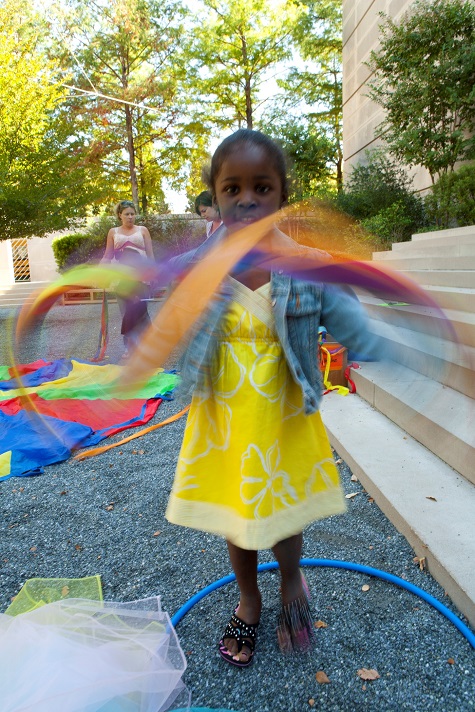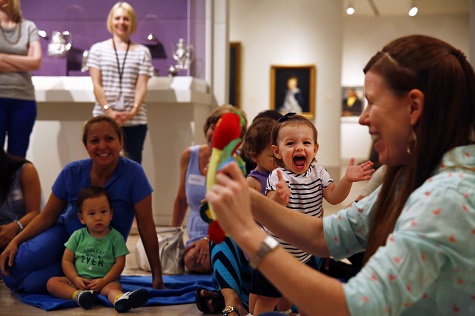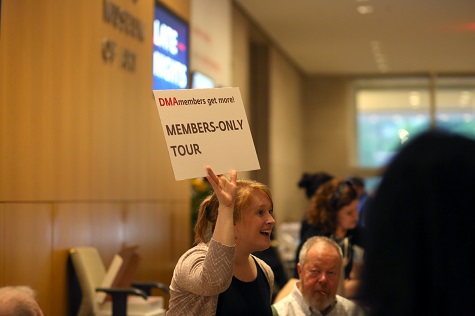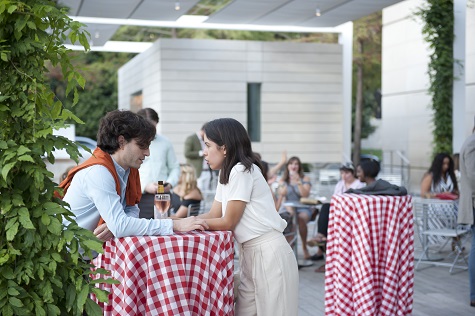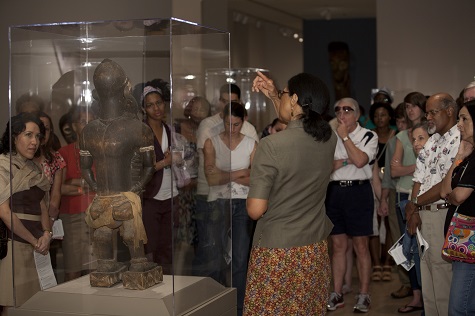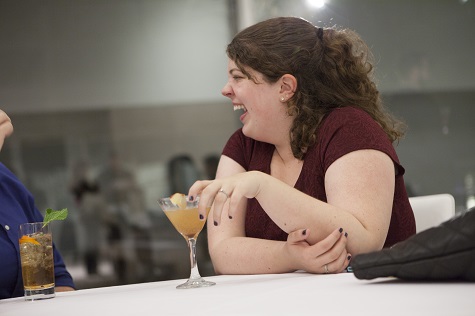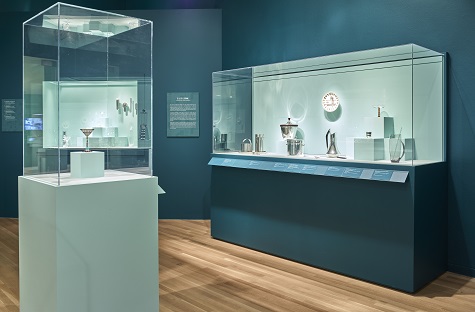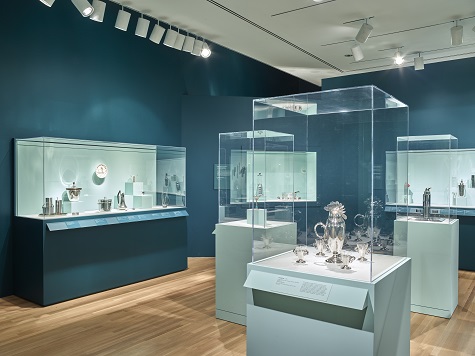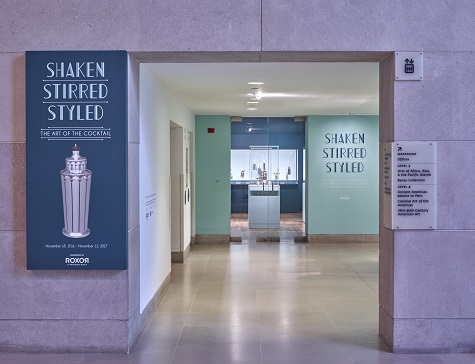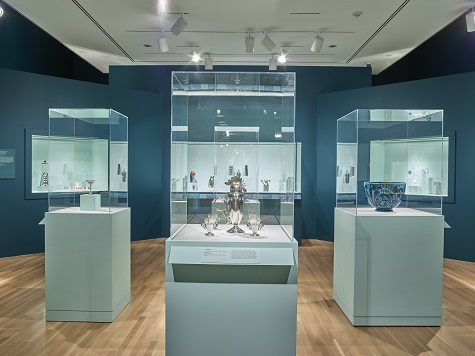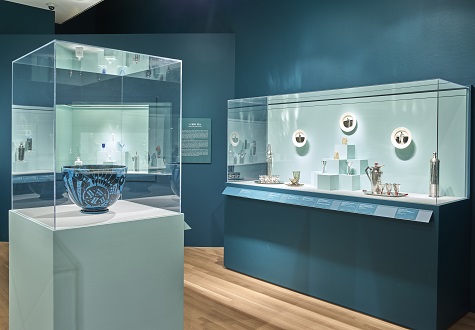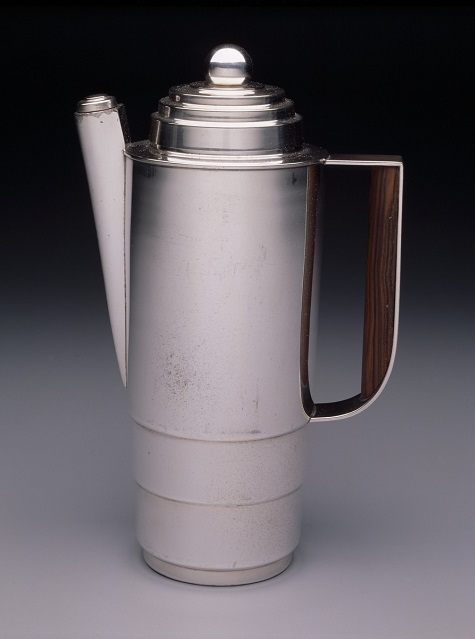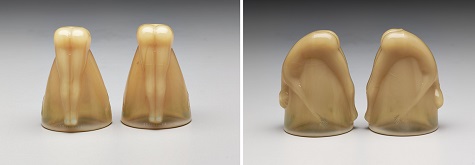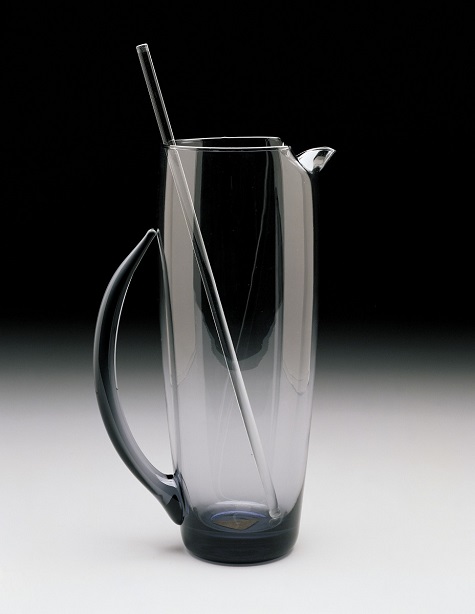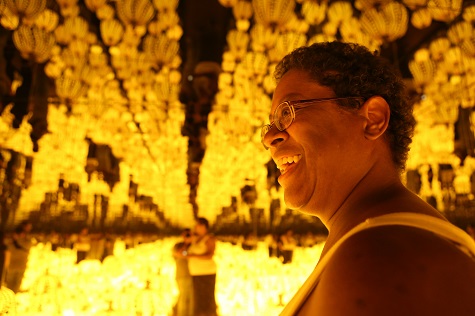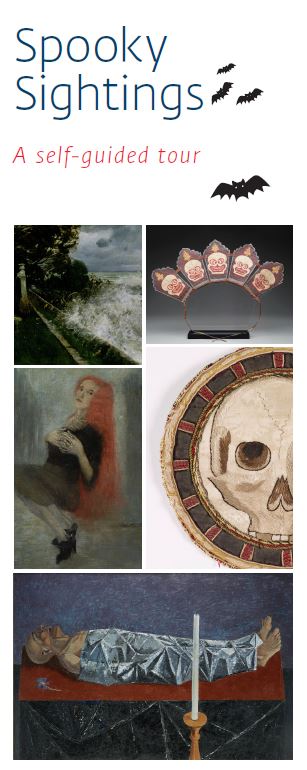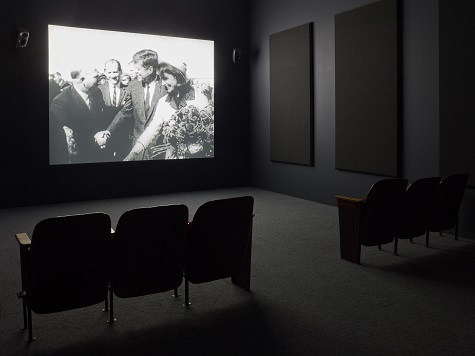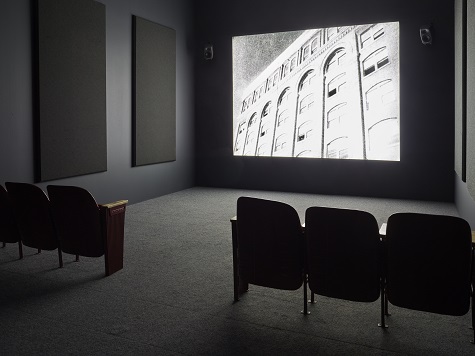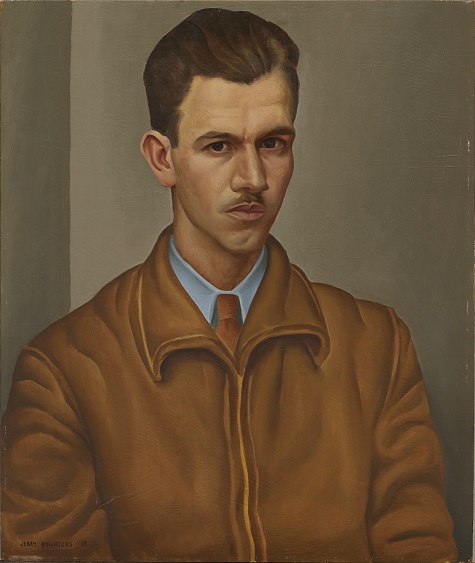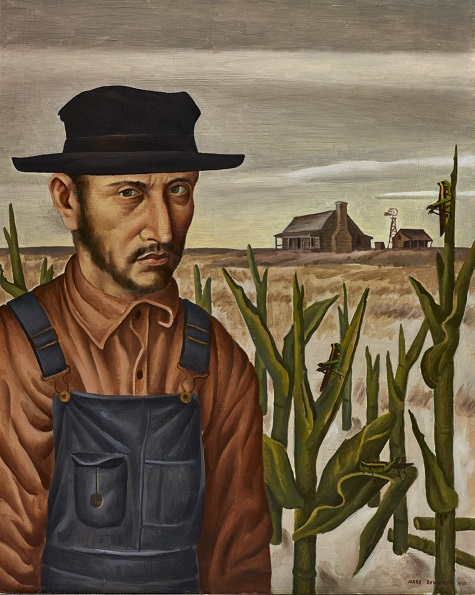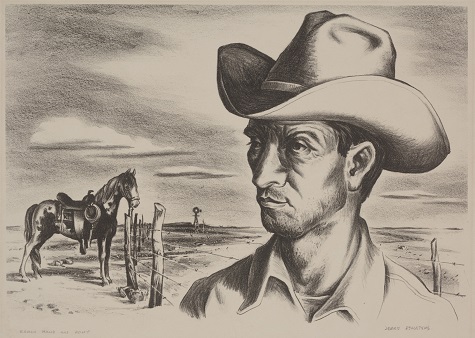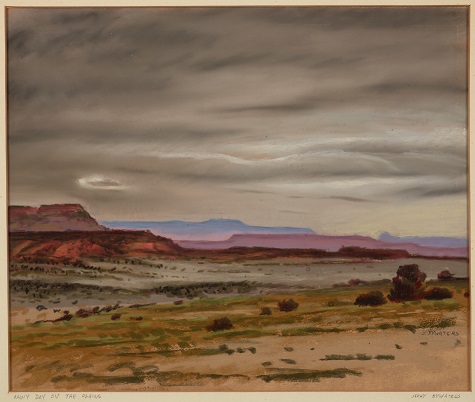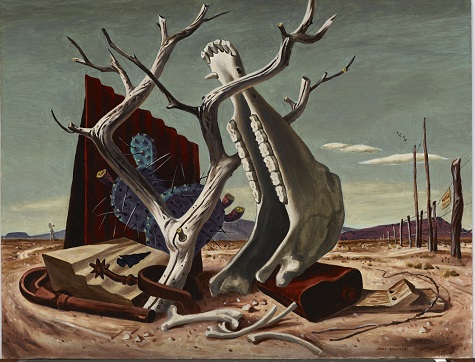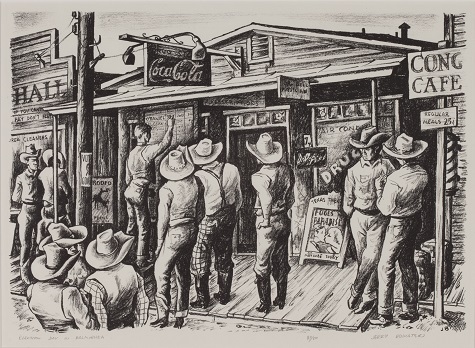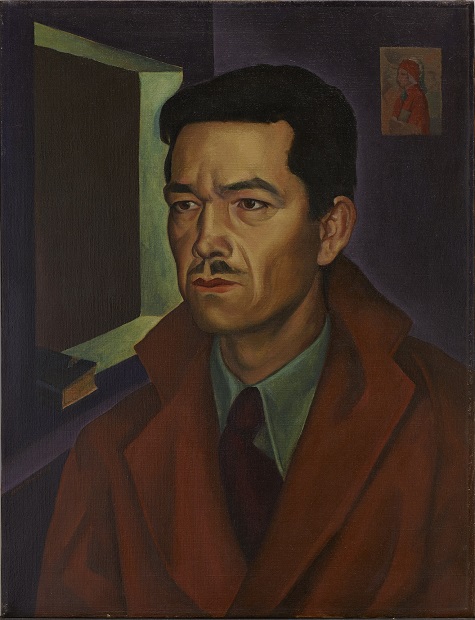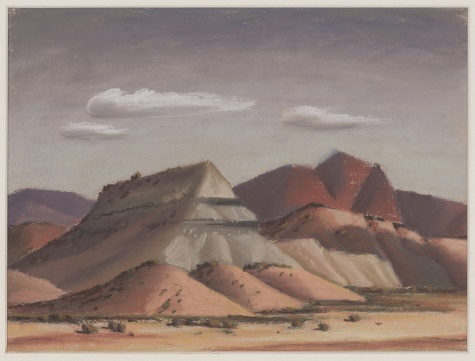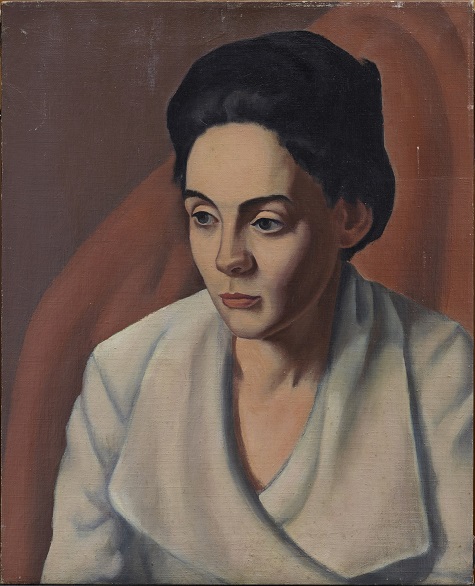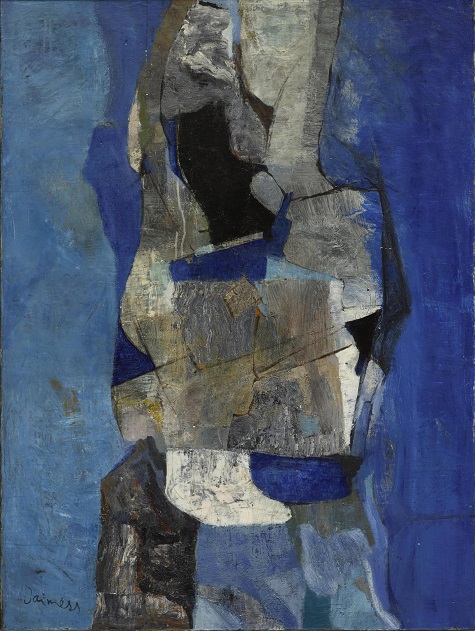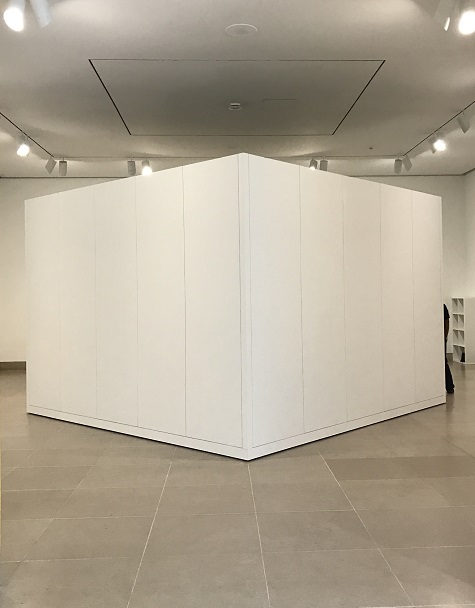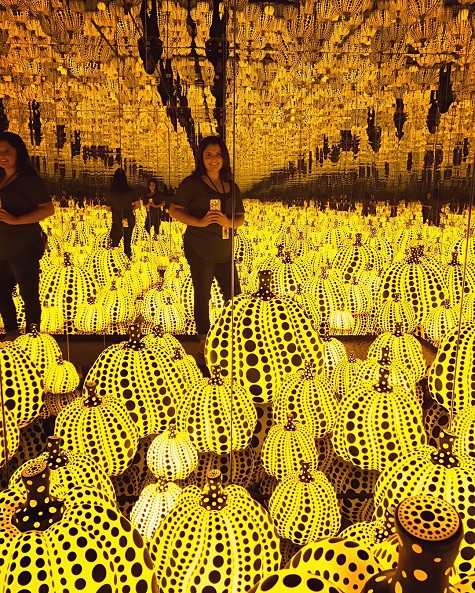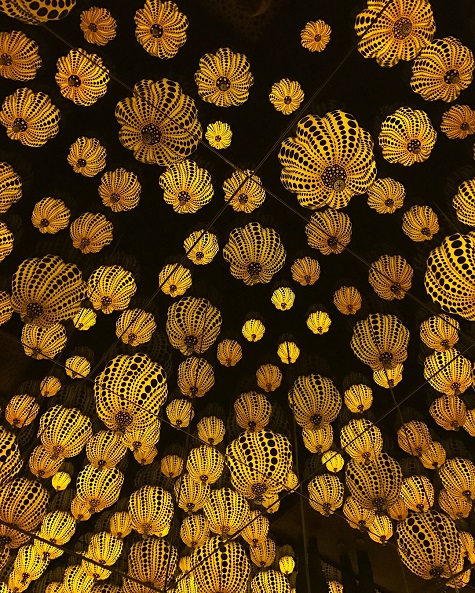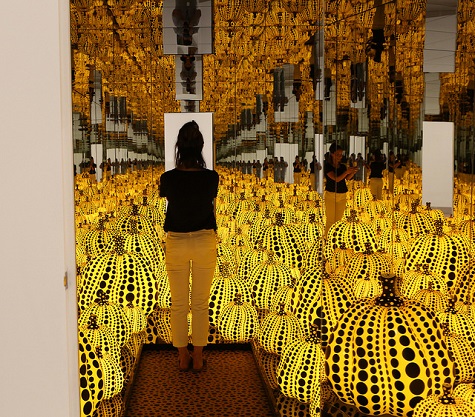Truth: 24 frames per second took a team of DMA staff to create and Lance Lander, Manager of Gallery Technology & Innovation, shared the nuts-and-bolts logistics of putting together the challenging installation with Uncrated.
What are some past media installations you’ve mounted and how were they special or different from Truth?
The first large scale installation that I did was Fast Forward in 2006. I had fourteen media based works of art to install and maintain. One of the works was “I like it here better than in Westphalia,” El Dorado 1968-1976 by Lothar Baumgarten which is three slide projectors and sound. The piece is a beautiful work of art that uses technology to convey the beauty found in nature. There is a soundtrack that controls the advancement of the slide projectors. So you have the sounds and visuals of nature and the sounds and visuals of the mechanical slide projectors. The projectors require a lot of maintenance and I spent many hours keeping that thing going. In retrospect, working so hard on that piece made me fall in love with the job.
Other large scale installations I’ve done include Phil Collins’ the world won’t listen, and the exhibitions Private Universe and Mirror Stage.
What were some of the major time consuming tasks that you had to complete before installing the works of art?
For a typical video installation like the Rachel Rose, Omer Fast, or Steve McQueen, where you have a single channel video with sound, I like to have 5 days for installation. For this exhibition with 24 works of art we had a mere three weeks. We worked late nights and weekends all the way up to the opening. Because the exhibition is in two galleries at opposite ends of the building I was walking eight miles a day!
From 16mm projectors to 12-feet-tall LED screens, Truth encompasses a range of diverse technologies. Were there any works especially challenging to install? Do you have a favorite?
I really love the historical connection we made in the Bruce Conner REPORT space. Our Exhibition Designer, Skye Olson, was able to procure 6 original seats from the Texas Theater which is where Lee Harvey Oswald was captured. But the most difficult piece, and my favorite, is Western Flag by John Gerrard. It is also the only piece in the exhibition that is not a film or video. It’s a software based simulation of a landscape. Essentially, it’s a non-interactive video game. Mr. Gerrard sent very precise drawings and stated that if it was even 2 millimeters off we would need to rebuild it. Our carpenter, Josh Harstrom, built the walls of the cube and Tom McKerrow and Brian Cahill built the frame of the projection screen. The preparators stretched and stapled the screen. When Mr. Gerrard arrived he was impressed with all the work we had done.
This exhibition was truly a cross-departmental collaboration that has involved every branch of the Museum. Can you call out some MVPs who helped you knock it out?
Mike Hill was the Head Preparator for this show and he did, as always, an incredible job. He took over the Anne Tallentire Drift and Dara Birnbaum Tiananmen Square installations. He also installed all of the acoustical material and covered them with fabric in the James Coleman space. Doug Velek has assisted me on everything I’ve installed since I started working here. I couldn’t have done it without him. All of the preparators stepped up to make the exhibition happen. John Lendvay, Mary Nicolette, Sean Cairns, Erik Baker, Ellia Maturino, Marta Lopez, and Russell Sublett all served a vital role. Registrar Melissa Omholt was so great to work with. She kept the flow of information going and kept me on track. There was also the design that Jessica and Skye came up with. Some of these pieces require specific room dimensions and I am amazed they were able to make it all fit and have all of the artists agree to it. I would be remiss to not mention Joni and her equable style of managing complex exhibitions with aplomb.
But I really can’t stress enough the indelible impact that Sue MacDarmid had on the exhibition. I first met Sue in 2007 when she came to install the world won’t listen. She represents and installs for Willie Doherty, Phil Collins, Steve McQueen, and others. When we started discussing an all media show I knew that she would be an integral part. I was able to reach her early enough to schedule her for three weeks. She is one the best media installers and she inspires me. I have so much trust in her that whenever she had an idea I would make it happen.
Chelsea Pierce is the Curatorial Administrative Assistant, Contemporary Art at the DMA

